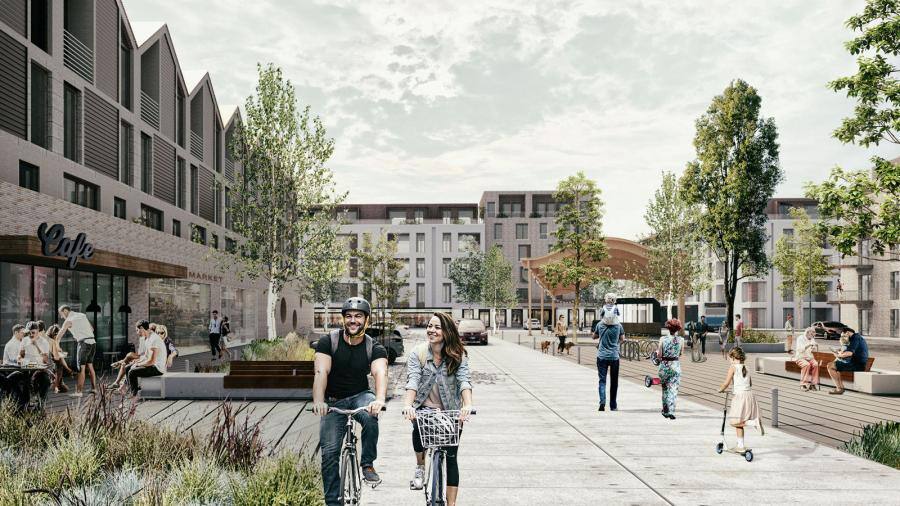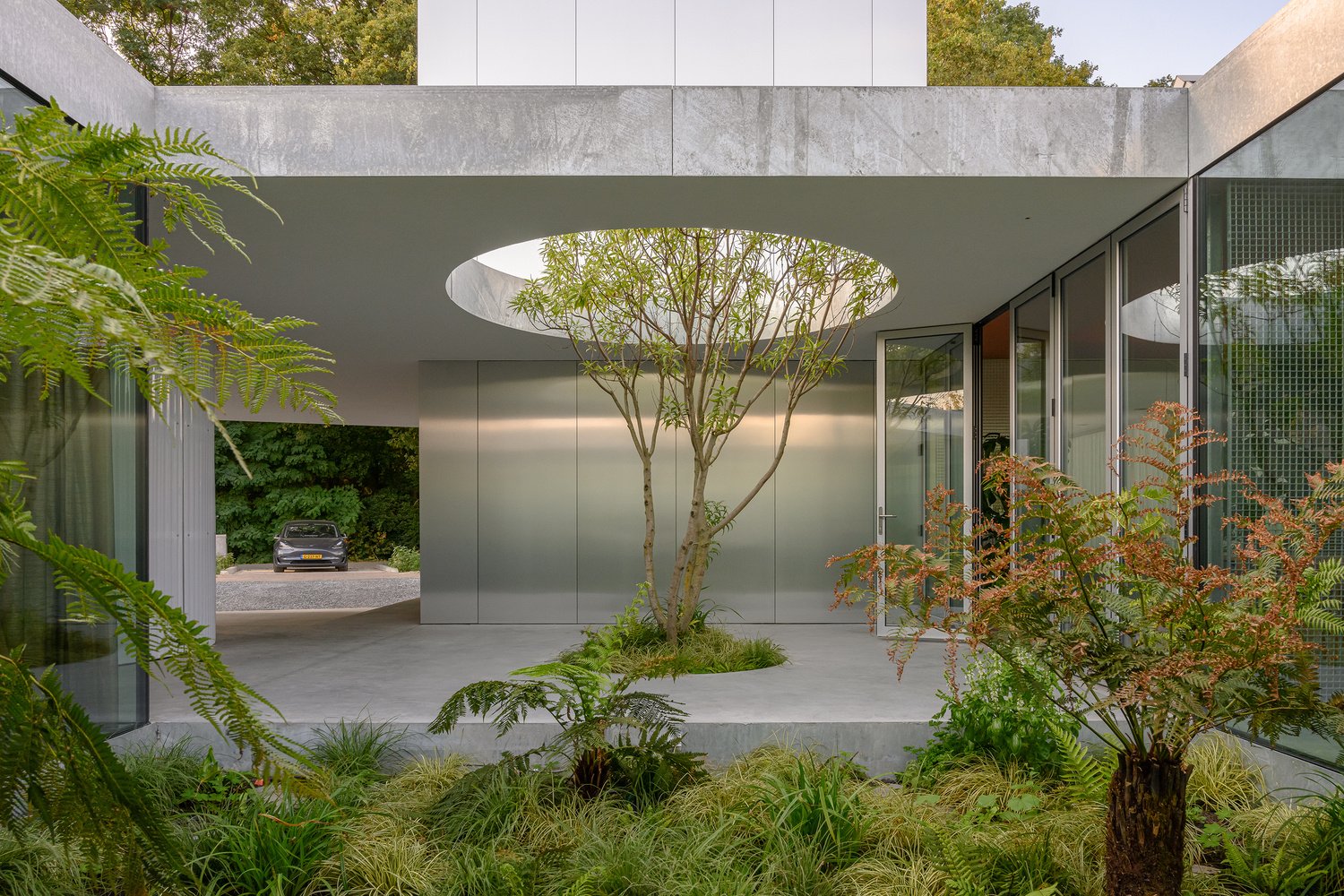15 Architectural Designer Interview Questions to Land High-Paying Jobs
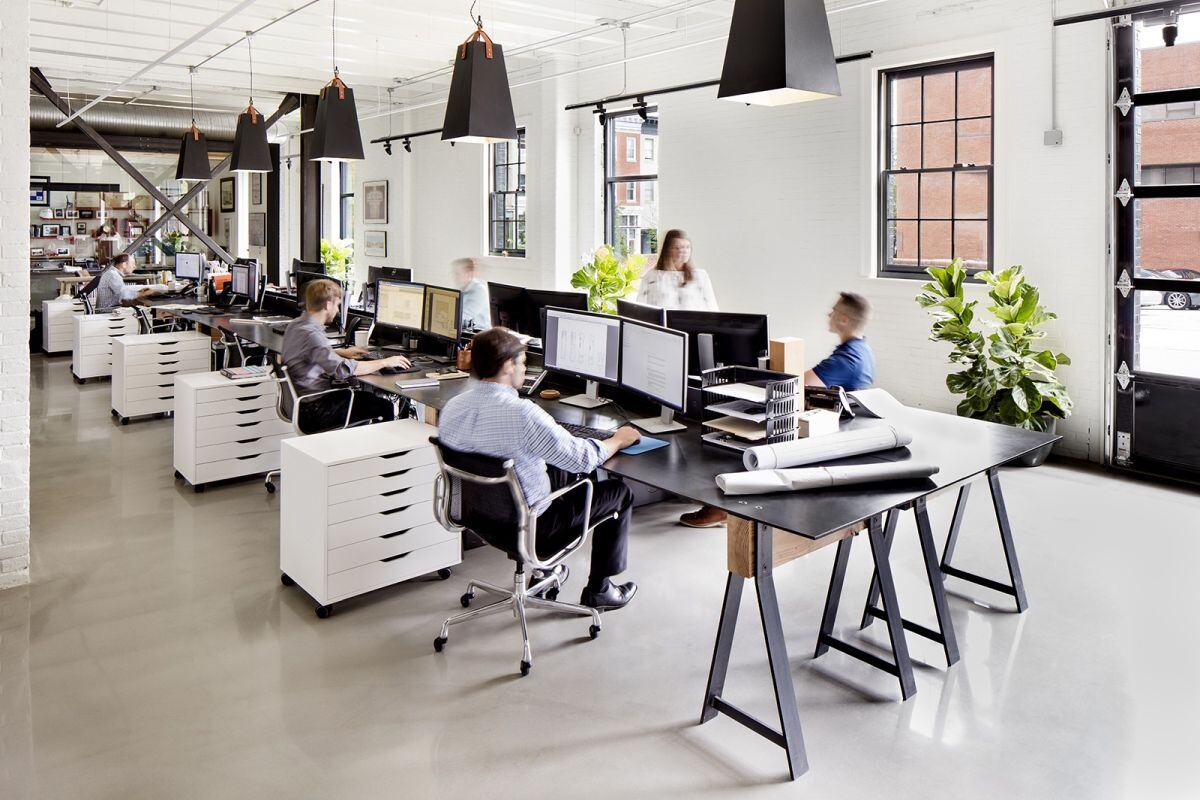
Table of Contents
The field of architecture is highly competitive!
With lakhs of students graduating every year, it is essential for these young professionals as well as seasonal industry players to stand out in the market. However, in order to secure better projects- architectural designers require more than just a strong portfolio.
Thorough preparation allows you to present yourself as a well-rounded candidate who possesses the necessary technical skills and understands the firm's values and projects. This readiness not only boosts your confidence but also demonstrates your professionalism and commitment to the role, ultimately making you an attractive candidate to potential employers.
Understanding the Role of an Architectural Designer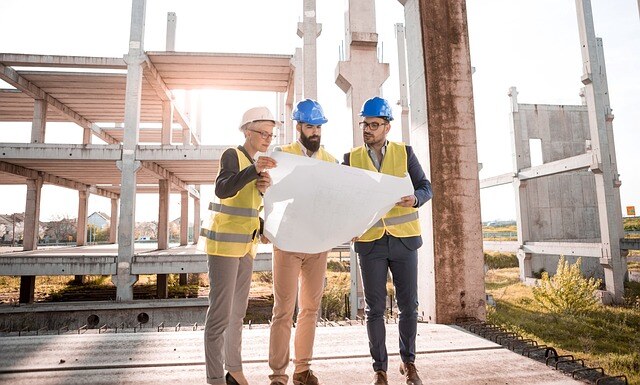
To ace interview questions for architectural designers, it is first important to understand what does the role entail.
1. Who is an Architectural Designer?
An architectural designer specialises in designing buildings and structures. They are involved in the conceptualisation, planning, and development of architectural projects, working closely with clients, engineers, and other stakeholders to bring their visions to life.
2. What is the Scope of Work for an Architect?
The role of an architect involves a multi-faceted line of work. It includes:
- Architecture designing involves creating initial design concepts that meet the client’s needs and preferences. This includes sketching, 3D modelling, and developing design ideas that are both innovative and practical.
- Developing detailed architectural plans, drawings, and specifications. This involves using software like AutoCAD, Revit, and SketchUp to create accurate and detailed representations of the design.
- Collaborating with engineers, contractors, and other professionals to ensure the design is feasible and can be executed within the project’s constraints. This includes coordination of structural, electrical, and mechanical systems.
- Meeting with clients to discuss their requirements, present design ideas, and make necessary revisions based on feedback. Effective communication is crucial to ensure the final design aligns with the client’s vision.
- Ensuring that designs comply with local building codes, zoning laws, and other regulatory requirements. This involves staying updated on the latest industry standards and legal requirements.
3. What is the Salary of an Architectural Designer in India?
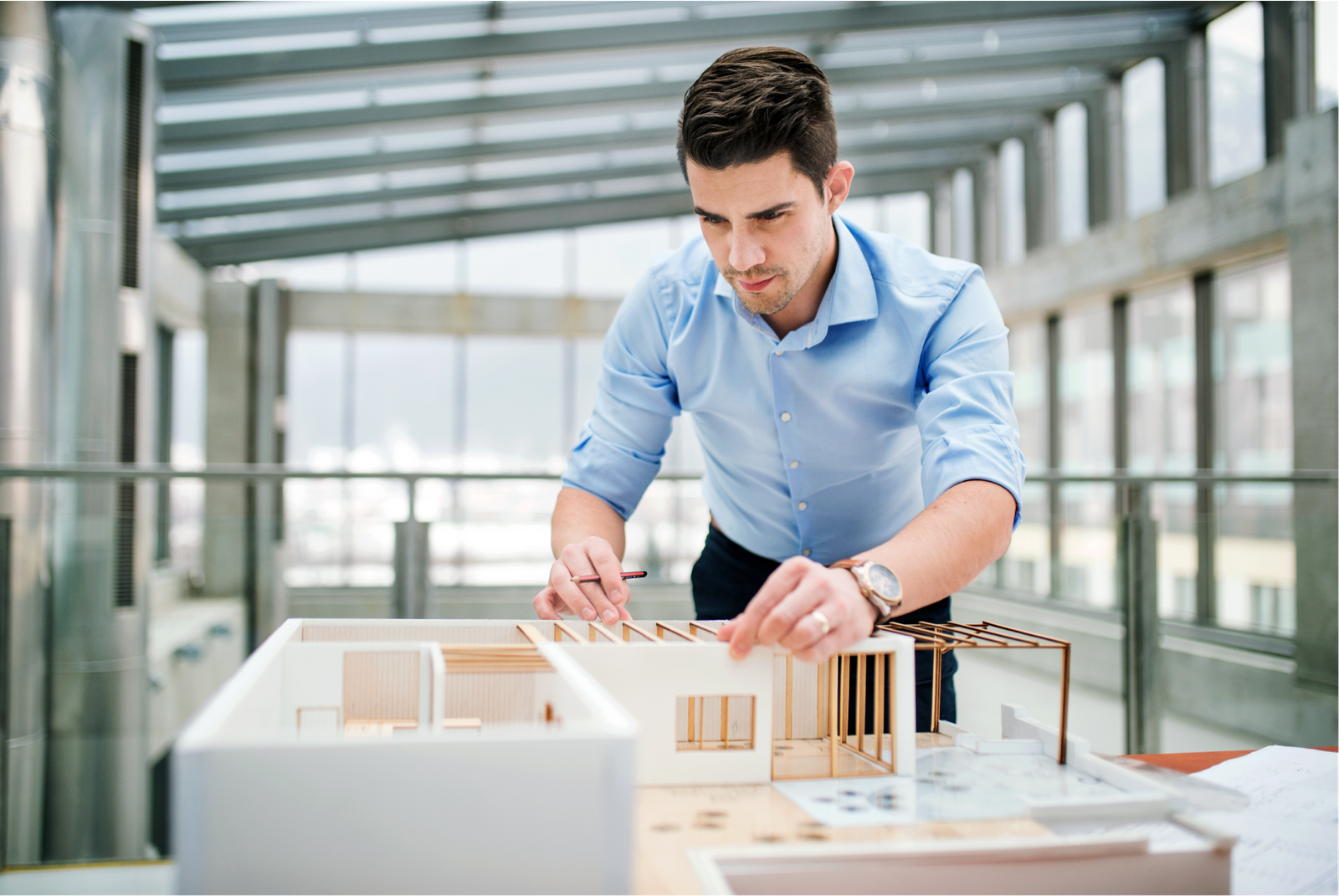
The salary of an architectural designer in India can vary significantly based on factors such as experience, niche, location, and the size of the firm.
On average, an entry-level architectural designer can expect to earn between INR 3 and 5 lakhs per annum. With experience, this can increase to INR 7 to 12 lakhs per annum or more. Senior designers or those working with prestigious firms can earn upwards of INR 15 lakhs per annum.
It is important to note that these figures can vary, and additional benefits such as bonuses, healthcare, and professional development opportunities can also impact overall compensation.
Also Check out: 10 High-Paying Architecture Jobs You Can Get by Upskilling in 2024
What are the Skills Needed in an Architectural Designer? 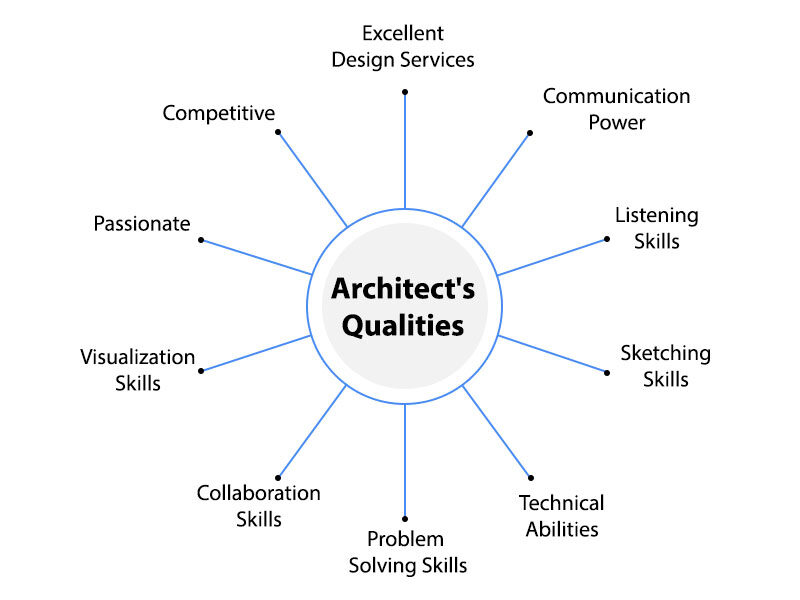
An architectural designer must possess several key skills to have a successful career:
- The ability to create visually appealing designs that are both functional and innovative. A strong sense of aesthetics and an eye for detail are crucial.
- Proficiency in architectural design software such as Revit, Rhino, Grasshopper, and ArchiCAD. Understanding building materials, construction techniques, and structural principles is also important.
- The ability to analyse complex problems and develop effective solutions. This includes considering technical, environmental, and budgetary constraints.
- Strong verbal and written communication skills to effectively collaborate with clients, team members, and other stakeholders.
- Organisational skills and attention to detail are key to ensuring projects are completed successfully.
6 General Interview Preparation Tips for Architects

Securing a job as an architectural designer requires more than just having the right skills; it also involves thorough preparation for the interview process. Here are some key tips on how to answer architectural designer interview questions and help you get ready and make a great impression.
1. Research About the Company and Its Projects
Before your interview, take the time to thoroughly research the company. Understand their mission, values, and design philosophy. Familiarise yourself with their notable projects and any recent news or achievements. This will help you tailor your answers to align with the company’s culture and demonstrate your genuine interest in the firm.
2. Understand the Job Requirements
Carefully review the architectural designer job description to understand what the employer is looking for in a candidate. Identify the key responsibilities and required qualifications. Reflect on your experiences and be ready to provide specific examples that showcase your ability to meet these requirements. This will help you articulate how you are a perfect fit for the role during the interview.
3. Prepare a Comprehensive Portfolio
Your portfolio is one of the most crucial elements of your application. It should showcase a diverse range of your best work, including sketches, CAD drawings, 3D renderings, and completed projects. Make sure your portfolio is well-organised, visually appealing, and tailored to the specific job you’re applying for.
4. Practice Common Interview Questions and Answers
While each interview is unique, certain questions are commonly asked in architectural designer job interviews. Practice answering questions about your design philosophy, technical skills, project management experience, and how you handle challenges. Prepare concise, confident responses and have specific examples ready to illustrate your points.
5. Brush Up on Industry Knowledge
Stay up-to-date with the latest trends, technologies, and best practices in architecture. Read industry publications, attend conferences, and participate in exhibitions. Being knowledgeable about current developments in the field will not only impress your interviewers but also show that you are passionate and committed to your profession.
6. Prepare Thoughtful Questions for the Interviewer
At the end of the interview, you will likely have the opportunity to ask questions. Prepare thoughtful questions that show your interest in the role and the company. You could ask about the team you’ll be working with, the typical workflow, or the company’s plans for future projects.
List of Top 15 Architectural Designer Job Interview Questions
If you want to excel in architecture job interviews, the best way to do so is to be prepared by finding interview questions for architectural designers. And, the best way to prepare for the interview is to be aware of the most common interview questions and know how to answer them. Below is the list of job interview questions:
A. Technical Knowledge and Skills
1. Tell us about your approach to design, from concept to completion.
Approach
This is one of the most common job interview questions. Start by outlining your design process step-by-step, highlighting key stages such as research, brainstorming, conceptual sketches, and final execution. Emphasise your adaptability and collaboration with stakeholders.
Sample Answer
"My design process begins with thorough research and understanding the client’s needs. I conduct site analysis to gather insights about the environment and context. Then, I brainstorm ideas and create initial sketches, focusing on functionality and aesthetics. After presenting concepts to the client and receiving feedback, I refine the designs using software. Finally, I ensure the project is completed by collaborating with the construction team to maintain design integrity throughout the process."
2. Can you describe your experience with computational design software and digital processes?
Approach
Highlight specific software you’ve used, the types of projects you’ve completed with them, and how these tools enhanced your design process.
Sample Answer
"I have extensive experience with software like Revit, ArchiCAD, Rhino, and SketchUp. For instance, in my last project, I used Revit to create detailed 3D models, which allowed for better visualisation and coordination with structural engineers. Additionally, I utilised Grasshopper for Computational Design to optimise the building's energy performance, demonstrating how digital processes can lead to innovative solutions."
3. How do you stay updated with the latest architectural trends and technologies?
Approach
Discuss your proactive methods for continuous learning, such as following industry publications, attending workshops, or networking with professionals.
Sample Answer
"I regularly read architectural journals and subscribe to platforms like ArchDaily and Dezeen to stay informed about new trends. I also attend webinars and conferences, which help me network with peers and learn about the latest technologies. This continuous engagement allows me to incorporate fresh ideas and techniques into my designs."
Also Check out: Interview Tips For Architects: How To Successfully Negotiate Salary During Interviews
B. Project Management and Coordination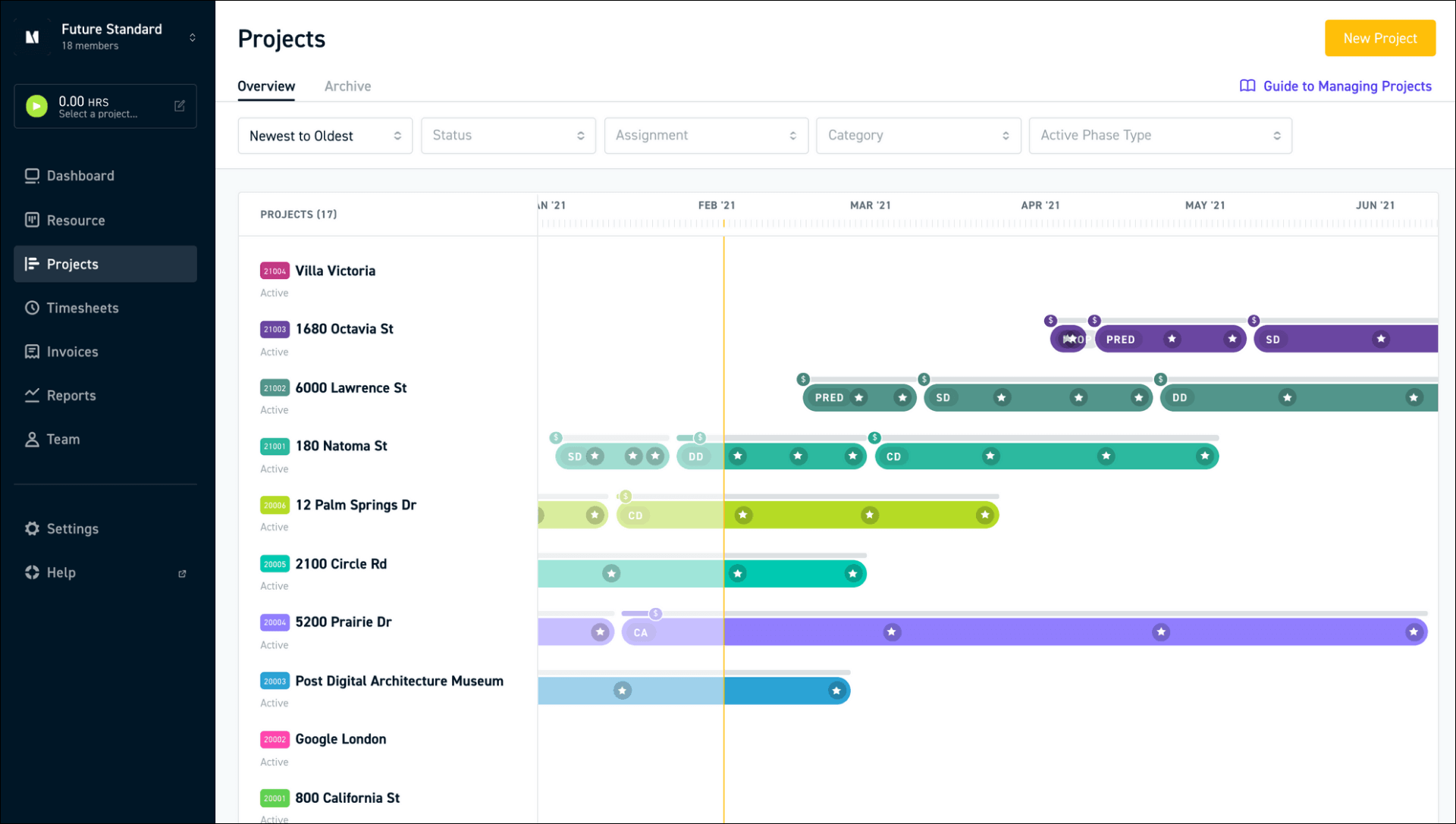
1. How do you prioritise tasks and manage your time when working on multiple projects simultaneously?
Approach
Explain your organisational strategies, tools you use for task management, and how you assess project deadlines.
Sample Answer
"I use project management tools like Trello to list tasks and set deadlines. I prioritise tasks based on urgency and impact on the overall project timeline. By breaking down larger projects into smaller, manageable tasks, I ensure consistent progress. Regular check-ins with team members help maintain alignment and address any potential bottlenecks early."
2. How do you ensure a project stays on schedule and within budget?
Approach
Describe your monitoring techniques, communication strategies, and how you deal with potential setbacks.
Sample Answer
"I set realistic timelines during the planning phase and continuously monitor progress against these benchmarks. Regular communication with the project team and clients is crucial; I conduct weekly meetings to address any issues. If unexpected costs arise, I assess their impact and seek alternatives to stay within budget while maintaining design quality."
3. What methods do you use to handle changes or unexpected issues during a project?
Approach
Discuss your flexibility and problem-solving skills while providing examples of how you’ve managed changes effectively.
Sample Answer
"I adopt a flexible mindset and view changes as opportunities for improvement. In a recent project, a client requested significant design alterations midway through development. I facilitated a brainstorming session with the team, exploring alternative solutions that aligned with the new vision while assessing potential impacts on the timeline and budget."

C. Industry Standards and Protocols

1. How do you ensure your designs comply with local building codes and regulations?
Approach
Explain your research methods and the importance of compliance in the design process.
Sample Answer
"Compliance with local building codes is critical to every project. I start by reviewing relevant regulations during the initial design phase, often consulting with local authorities for clarity. I also collaborate with structural engineers to ensure our designs meet safety standards, thus avoiding potential legal issues later in the process."
2. Can you explain the importance of sustainability in architecture and how you incorporate it into your designs?
Approach
Discuss your commitment to sustainable practices and specific strategies you implement in your designs.
Sample Answer
"I incorporate sustainable practices by using energy-efficient materials, maximising natural light through strategic design, and considering the building's orientation. For instance, in a recent residential project, I integrated passive solar design principles to reduce energy consumption significantly."
3. What steps do you take to ensure the safety and structural integrity of your designs?
Approach
Outline your methods for ensuring safety and structural soundness throughout the design process.
Sample Answer
"To ensure safety and structural integrity, I collaborate closely with structural engineers from the early design stages. I utilise software that provides structural analysis and adheres to industry standards throughout the design process. Regular design reviews and site visits also help identify potential issues before they escalate."
Also Check out: 10 Common Architecture Interview Questions & How to Ace Them
D. Soft Skills and Problem-Solving

1. Can you describe a challenging client interaction and how you handled it?
Approach
This is one of the best interview questions that enables you to present your strengths. Share a specific example demonstrating your communication and interpersonal skills in resolving conflicts.
Sample Answer
"Once, a client was unhappy with the initial design due to miscommunication about their vision. I arranged a meeting to discuss their concerns and actively listened to their feedback. By refining the design based on their input and presenting a revised version, we were able to achieve their expectations and strengthen our working relationship."
2. How do you collaborate with other team members to achieve project goals?
Approach
Highlight your teamwork strategies and how you ensure effective communication among team members.
Sample Answer
"I believe collaboration is key to project success. I encourage open communication through regular team meetings and collaborative design sessions. By utilising tools like shared project folders, everyone stays aligned, and we can collectively solve issues as they arise, fostering a supportive team environment."
3. Describe a time when you had to think outside the box to solve a design problem.
Approach
Provide an example that illustrates your creativity and problem-solving abilities, emphasising the outcome.
Sample Answer
"In a project where space was limited, I proposed a multi-functional design for a small urban home. Instead of traditional layouts, I created adaptable spaces that could serve multiple purposes, maximising functionality without sacrificing aesthetic appeal. This innovative approach was well-received and became a highlight of the project."

E. Future Goals and Aspirations

1. Where do you see yourself in five years, and how do you plan to achieve those goals?
Approach
Share your career aspirations and outline specific steps you plan to take to reach your goals.
Sample Answer
"In five years, I envision myself in a senior designer role, leading larger projects and mentoring junior designers. To achieve this, I’m committed to continuous learning through professional development courses and actively seeking diverse project experiences that challenge my skills."
2. What kind of projects are you most passionate about, and why?
Approach
This is one of the most asked interview questions for architectural designers. Here you must discuss your interests in specific types of architecture and how they align with your skills and values.
Sample Answer
"I’m particularly passionate about sustainable architecture and community-focused projects. Working on designs that positively impact the environment and improve the lives of local communities excites me. I believe architecture has the power to bring people together and create lasting change."
3. How do you stay motivated and inspired in your work?
Approach
Explain your sources of inspiration and the practices you employ to maintain motivation in your projects.
Sample Answer
"I find inspiration from nature, art, and innovative designs from around the world. I often visit architectural sites, museums, and exhibitions to gather fresh ideas. Additionally, I set personal challenges within my projects to push my creative boundaries and maintain high levels of motivation."
In Conclusion
Upskilling enhances an architectural designer’s proficiency, making them more adaptable to industry demands. Furthermore, it fosters creativity and problem-solving skills, allowing architects to address complex challenges with cutting-edge approaches. By investing in their development, architects improve their job performance and contribute to the advancement of the profession, setting new standards for quality and sustainability in the built environment.
If you want to bag lucrative job opportunities offering high-income salaries, we recommend you learn BIM to take your career to the next level. To achieve this, we suggest you enrol on the BIM Professional Course by Novatr. This program offers insights into the workflows, software, and applications of BIM from a professional perspective. Through the course, learners also get the opportunity to work on capstone projects and learn from real-life examples of industry experts. Further, Novatr also provides placement assistance for students to seek jobs in top global AEC firms.
Check out the course today!
If you want to explore more on the subject, explore our Resources page for more information.

 Thanks for connecting!
Thanks for connecting!

.png)
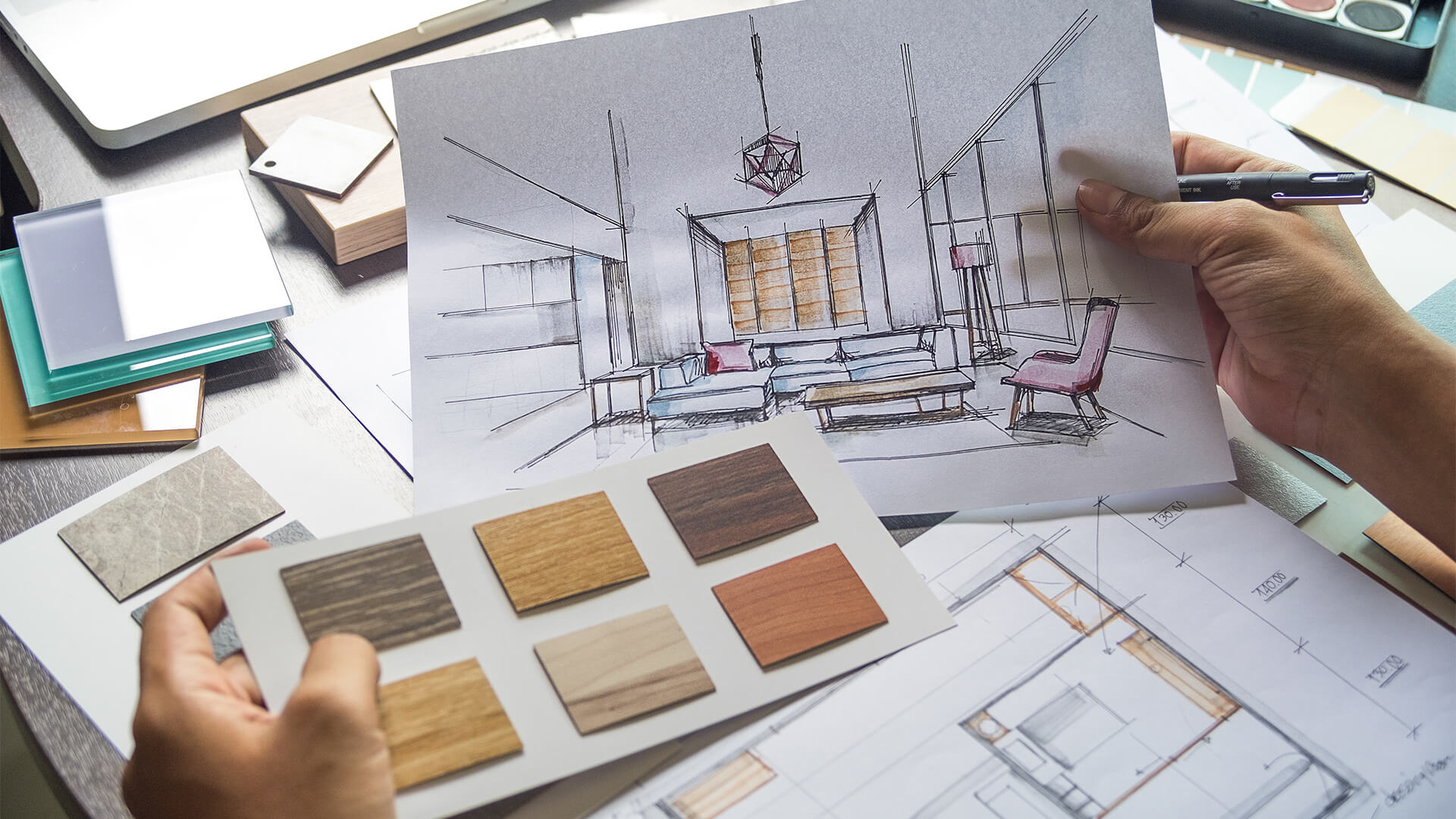

.jpg)
